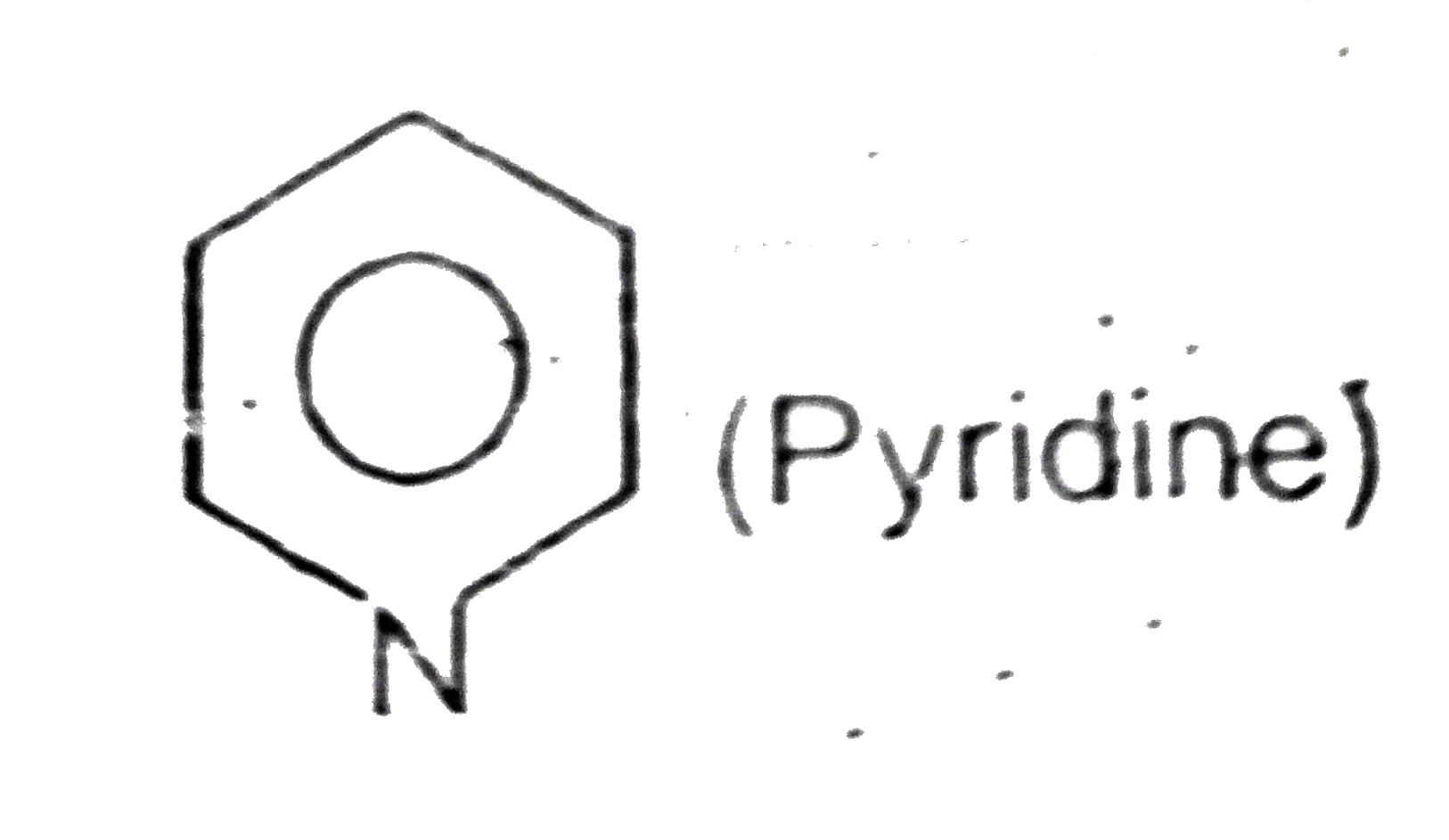There are two groups of nitrogenous bases in nucleotides, .the................... (single ring of atoms) and the ...................(double rings of atoms).
To answer the question regarding the two groups of nitrogenous bases in nucleotides, we can break down the information as follows:
1. Identify the two groups of nitrogenous bases:
- The two groups of nitrogenous bases are classified based on their structure: one group consists of bases with a single ring of atoms, and the other group consists of bases with double rings of atoms.
2. Define the single-ring nitrogenous bases:
- The nitrogenous bases that have a single ring structure are called pyrimidines. Pyrimidines are characterized by their six-membered ring structure and include bases such as thymine, cytosine, and uracil.
3. Define the double-ring nitrogenous bases:
- The nitrogenous bases that have a double ring structure are known as purines. Purines consist of a fused double-ring structure that includes both a pyrimidine ring and an imidazole ring. The main purines are adenine and guanine.
4. Summarize the answer:
- Therefore, the complete answer to the question is: The single ring of atoms is known as pyrimidines and the double rings of atoms are known as purines.
Final Answer:
There are two groups of nitrogenous bases in nucleotides: the single ring of atoms are known as pyrimidines and the double rings of atoms are known as purines.
- The two groups of nitrogenous bases are classified based on their structure: one group consists of bases with a single ring of atoms, and the other group consists of bases with double rings of atoms.
- The nitrogenous bases that have a single ring structure are called pyrimidines. Pyrimidines are characterized by their six-membered ring structure and include bases such as thymine, cytosine, and uracil.
- The nitrogenous bases that have a double ring structure are known as purines. Purines consist of a fused double-ring structure that includes both a pyrimidine ring and an imidazole ring. The main purines are adenine and guanine.
- Therefore, the complete answer to the question is: The single ring of atoms is known as pyrimidines and the double rings of atoms are known as purines.
There are two groups of nitrogenous bases in nucleotides: the single ring of atoms are known as pyrimidines and the double rings of atoms are known as purines.
Topper's Solved these Questions
- BIOMOLECULESBOOK - ICSECHAPTER - BIOMOLECULESEXERCISE - TEST YOUR PROGRESS (STATE WHETHER THE FOLLOWING STATEMENTS ARE TRUE OF FALSE.)
27 Videos
- BIOMOLECULESBOOK - ICSECHAPTER - BIOMOLECULESEXERCISE - TEST YOUR PROGRESS (MATCH THE ITEMS OF COLUMN A WITH THE ALTERNATIVE GIVEN.)
2 Videos
- BIOMOLECULESBOOK - ICSECHAPTER - BIOMOLECULESEXERCISE - REVIEW QUESTIONS (LONG ANSWER TYPE QUESTIONS)
9 Videos
- BIOLOGY ISC SAMPLE QUESTION PAPER 2019BOOK - ICSECHAPTER - BIOLOGY ISC SAMPLE QUESTION PAPER 2019EXERCISE - PART-II (SECTION -C)
6 Videos
- BODY FLUIDS AND CIRCULATIONBOOK - ICSECHAPTER - BODY FLUIDS AND CIRCULATIONEXERCISE - DIFFRENTIATE BETWEEN
13 Videos
Similar Questions
Knowledge Check
Presence of a nitro group in a benzene ring
Aactivates the ring towards electrophilic substitutionBrenders the ring basicCdeactivates the ring towards nucleophilic substitutionDdeactivates the ring towards electrophilic substitution.
Which of the following nitrogenous base is double ringed?
View SolutionWhich one is made of a single ring of atoms ?
View SolutionHybridization of nitrogen atom in pyridine is

View SolutionAtomicity of nitrogen is four.
View SolutionIf there are 10,000 nitrogenous base pairs in a DNA then how many nucleotides are there-
View SolutionAmong the nitrogenous bases involved in DNA and RNA formation, the double ring base is :
View SolutionMaximum number of nitrogen atoms occur in
View Solution
